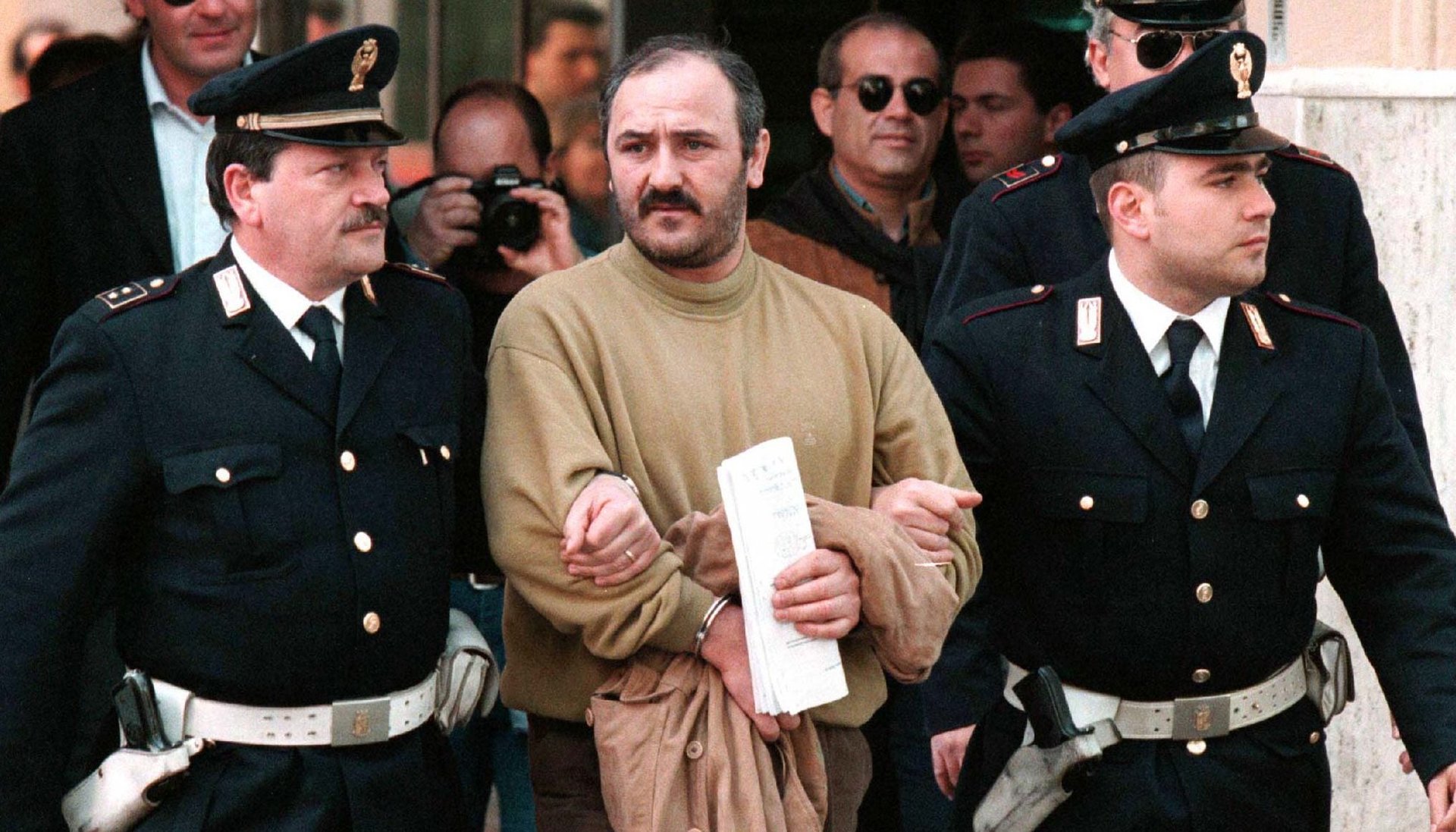How a severe drought in Sicily in 1893 created the Mafia
Historical links between climate and political uprisings are well documented.


Historical links between climate and political uprisings are well documented.
A drought in France in 1788 resulted in widespread crop failure (pdf) and soaring food prices, which historians believe stoked the French revolution of the following year. More recently, four years of drought in Syria between 2006 and 2010 created mass unemployment, contributing to the civil war that rages to this day.
A provocative new paper makes the case that a drought also created the world’s most notorious criminal organization.
The Mafia first appeared in Sicily around 1860, taking advantage of the island’s weak regional government and its distance from Rome to run local protection rackets. For decades, the organization was made up of unremarkable criminals, concentrated around Palermo, the provincial capital. That changed dramatically in 1893, a year of severe drought in the region, according to research (pdf) from Daron Acemoglu, an MIT economist, and his co-researchers, Giacomo De Luca of the University of York, and Giuseppe De Feo Strathclyde Business School, in Glasgow.
The study, released as a working paper from the National Bureau of Economic Research (which means it hasn’t yet been reviewed by other academics) argues that Sicilian peasants were already vulnerable before the drought. Most either rented small plots of land or worked as day laborers at the mercy of the elites who controlled much of the farming estates in Sicily. The drought, which followed a bad harvest the year before, cut the island’s wheat crop in half and similarly crippled olive oil, wine, and barley production. In some regions, agricultural production was as much as 65% lower in 1893 than in recent years, according to the paper.
The drought and resulting unemployment helped fuel a socialist movement, the Fasci Siciliani dei Lavoratori, which began in the cities but spread throughout the countryside as peasants faced economic hardship. (The Fasci’s name has the same origin as “Fascist”—they’re both derived from the Italian word for “bundle”—but it’s unrelated to the later political movement.) The Fasci movement soon numbered in the hundreds of thousands, organized into 177 chapters across Sicily, and it mobilized to protest the ruling class, demanding higher wages, longer-term contracts for land rentals, and a shifting of the tax burden to fall more heavily on landowners.
The landowners petitioned the Italian government to send troops to disband the Fasci, but the left-leaning Italian prime minister, Giovanni Giolitti, was sympathetic to the peasants. So the elite turned elsewhere for protection: the Mafia. Throughout 1893, gatherings of Fasci were violently disrupted by Mafia instigators, often provoking larger unrest that would later be put down by the military. The paper describes a few typical incidents:
In Lercara, a large town in the Palermo province with rich sulfur mines, on 25 December 1893, and in Gibellina in the Trapani province on 2 January 1894, rallies against local administrators and taxes were violently suppressed by the rural guards. In both cases armed guards hidden in the bell tower overlooking the central square shot on the crowd and then the successive intervention of the army increased the death toll. Similar events were reported in Belmonte Mezzagno where two peasants were killed and several were injured.
The researchers mapped the spread of the Mafia over Sicily’s 357 municipalities, using government and police reports from 1885 and 1900, and found that it correlated with the regions most affected by the drought and the subsequent rise of the Fasci. The study uses a scale of 0 (low) to 3 (high) to measure Mafia activity in Sicily’s cities and towns, and found that Fasci presence in a municipality correlated with a 1.5-point increase in Mafia activity.
“As much as 37% of the strength of the Mafia in 1900 throughout Sicily may have been due to its deployment against the Peasant Fasci,” according to the paper.
After months of violence and unrest, the Fasci were declared illegal by a new prime minister in 1894, and a harsh crackdown resulted in mass arrests and summary executions, effectively ending the movement. By enlisting the Mafia as a private militia, the landowners accomplished their goal of preserving their status, but the consequence was an emboldened and vastly expanded criminal element in Sicily.
That resulted in weakened local governments, which had serious, long-term negative consequences for Sicily’s economy and the effectiveness of the island’s institutions, the researchers found. For example, in regions where Mafia presence increased from 1 to 2 on their index from 1885 to 1900, literacy fell about 10% by 1921, and high school completion 33% by 1961. The researchers also found that the rise of the Mafia is correlated with an increase in infant mortality and in reduced spending on public infrastructure like water delivery. Weak states are unable to provide public goods, the authors write, and “one of the many factors holding back the development of local state capacity is the impact of various criminal organizations. None is perhaps as famous as the Sicilian Mafia.”
The Sicilian Mafia and its American progeny have been romanticized through movies and TV shows, like the Godfather, Goodfellas and The Sopranos. But as Acemoglu, De Luca, and De Feo demonstrate, there was little that was glamorous about its rise as a private police force for Sicily’s wealthy, nor in its crippling effect on the island for nearly a century.